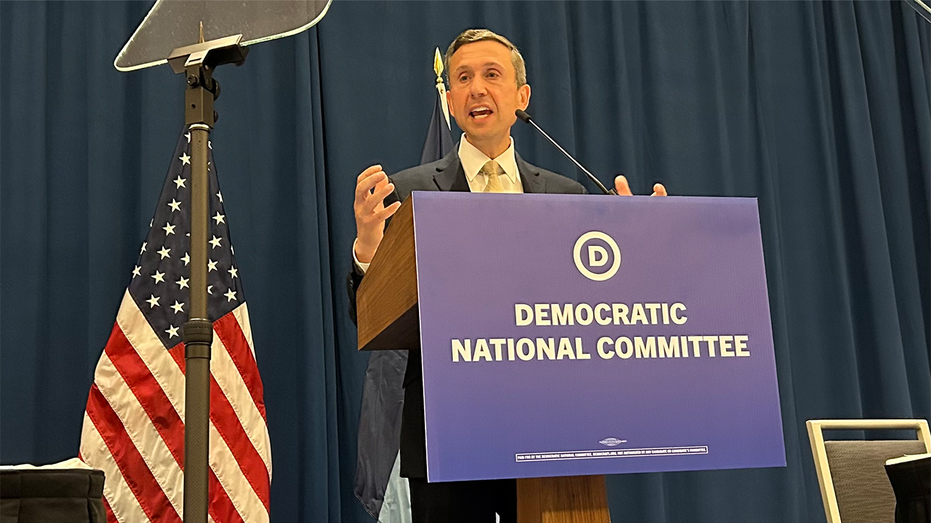A quiet tension is building within the Democratic National Committee. Chairman Ken Martin recently announced a shift in policy: staffers will be expected to return to in-person work at headquarters in February 2026. The decision, while not immediate, has ignited a firestorm of discontent among employees accustomed to remote work.
The current work-from-home arrangement was initially implemented during the height of the COVID-19 pandemic. Now, over two years after restrictions eased, Martin views the policy as a temporary measure that has lingered for too long. He reportedly described it as a “Band-Aid” ready to be removed, a sentiment that landed poorly with many on the team.
Union representatives swiftly condemned the announcement, labeling it “callous” and expressing disbelief at the timing. Staffers point to the successful 2020 election cycle, which unfolded largely through remote collaboration, as evidence that their productivity isn’t tied to a physical office space.

The response from leadership has been firm. Martin, according to those present at the all-staff meeting, suggested that those unhappy with the new policy should consider seeking employment elsewhere. This blunt approach has only intensified the frustration and fueled a sense of betrayal among some employees.
Arguments have surfaced highlighting the economic realities facing many, and the perceived insensitivity of demanding a return to commuting costs and office life. The union leadership released a statement emphasizing the hard work of DNC staff in recent elections and framing the change as particularly jarring given the current economic climate.
The situation reveals a deeper struggle: the clash between evolving work expectations and traditional management styles. What began as a pandemic-era necessity has, for many, become a preferred way of life. Now, the DNC faces the challenge of navigating this shift and addressing the concerns of a workforce resistant to change.
The debate extends beyond the DNC itself, touching on broader questions about the future of work and the balance between employee flexibility and organizational needs. It raises the question of whether a return to rigid, pre-pandemic structures is truly necessary, or even desirable, in today’s evolving landscape.
Ultimately, the outcome will likely depend on the willingness of both leadership and staff to engage in meaningful dialogue and find a solution that respects the needs of all parties involved. The current impasse, however, underscores the complexities of transitioning from a remote-first environment back to a traditional workplace.





